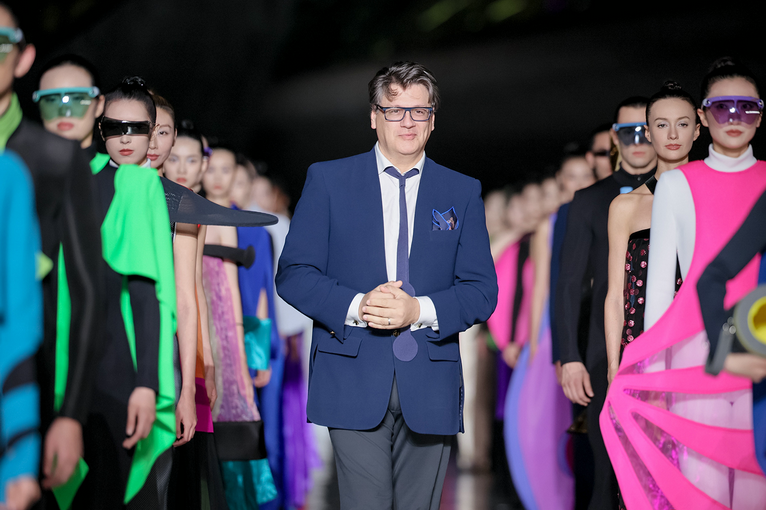Ethnic culture popularity grows on Chinese herb leaves


"I have done the wax dyeing work for a long time here," said employee Wei Liyun. "I enjoy the skill, and I am good at it."
Wei can make 4,000 yuan (564 U.S. dollars) a month for her work. She has even continued to work at home during the coronavirus outbreak.
"It is part of my life," she said.
As her business expanded, Zhang wanted to give her ethnic clothes a more "modern touch" so that "more people will get to know the Miao culture." So she teamed up with some designers from big cities like Beijing and asked them to help re-design the pictures.
"The ethnic style is unique in itself," said designer Wu Huahui. "The plant-based pigment has no pollution and is quite special, so the wax dyed Miao clothes are quite popular in the market now."
The company met some setbacks in the past.
"In the past, our pigment was basically in the form of liquid, which could cost more than 400,000 yuan in transportation fees every year," Zhang said. "Now we have drying and powdering machines, which turn the pigment into powder. It has greatly slashed costs."
"Wax dyeing is our major business at the moment," Zhang said. "These days, people have more demand for plant-based pigment, and some big textile companies are coming to work with us for the indigo pigment."
"Plant-based pigment is environmentally-friendly," she said. "It not only meets people's demand but also truly helps promote our ethnic culture to people."




































